Daily designer news |
| Typographic inspiration for the week-end Posted: 07 Sep 2013 04:39 PM PDT To relax a little on the week-end, lay back and check out a little typographic inspiration. If you like typography, make sure to check our Typography Daily blog. Font of the week: CharcuterieA large and rare undertaking, Charcuterie is a family of ten distinct yet related typefaces, many of which have their own font families, and three decorative/ornamental typefaces. While most of the Charcuterie typefaces are outfitted with a standard character set, Charcuterie Engraved features 135 swash alternates and Charcuterie Cursive boasts 275.
The GallimaufryBeautiful typographic identity for the Gallimaufry, a bar in Bristol.
TypollywoodAwesome poster for the Helvetica documentary.
Goudol Muriel business cardsGreat use of letterpress on these business cards for Muriel Goudol.
Typography sketchbooksA review of the Typography Sketchbooks recently published book.
Theater Fensterzurstadt posterA beautiful typographic poster for the Fensterzurstadt theater.
Ampersand sculptureNot much info on what this is, but it looks like an ampersand sculpture to me.
ErgonomicsFollow the arrows if you want to buy this experimental font.
The post Typographic inspiration for the week-end appeared first on Design daily news. Are you a blogger? Turn your posts into eBooks very quickly using MagPress, our Premium WordPress plugin. |
| An Introduction To WordPress Custom Fields Posted: 07 Sep 2013 09:39 AM PDT Critics of WordPress often complain that it is merely a blogging engine with feature bloat. While it's true that WordPress started life as a blogging engine, over the years a number of features have been added that raise it from an application focused on one specific task to a flexible content management system. One of the more important of these functions is custom fields, and while these are widely used by WordPress developers and professionals, they're often not well understood by the average WordPress user, which is a shame because they're a very useful content management tool. Custom fields are essentially a way of associating arbitrary metadata with posts. They consist of two parts, a key and a value. The key is the name of the custom field, and the value is its 'content'. A trivial example of using a custom field would be to use a 'location' field to store the coordinates at which a post was written by a travel blogger. You can create as many custom fields per post as you need, and they can store any sort of textual data, which includes URLs, embed codes, and even custom CSS. One of the reasons that most people aren't aware of custom fields is that by default they are hidden and don't appear in the standard post 'Add New Post' dialogue. It is, however, easy to turn them on using the 'Screen Options' dialogue at the top right of that page.
Activating Custom Fields When shown, the custom field dialogue appears at the bottom of the post creation page.
The dialogue is fairly self-explanatory; you can either select an existing custom field from the drop-down or create a new one. After you've created a custom field it will appear in the drop-down in the future. So far, so uninteresting. Being able to associate metadata with posts is cool, but it's not particularly useful until you understand what you can do with it. To get the most from custom fields, you'll need to edit the PHP of some of your WordPress files, but in most cases it's a simple cut-and-paste job. To display the results of our custom field, we'd simply add the following to our WordPress site's theme files somewhere within the loop: <?php the_meta(); ?> In this example we're using the new default 2013 theme and adding the function to its content.php file.
The custom field data is shown as a bullet list of the key/value pairs(of course, in a real-world scenario you would style it with CSS).
For a fuller explanation of how to take advantage of conditional statements, check out the WordPress Codex. About Graeme Caldwell — Graeme works as an inbound marketer for Nexcess, a leading provider of Magento and WordPress hosting. Follow Nexcess on Twitter at @nexcess, Like them on Facebook and check out their tech/hosting blog, http://blog.nexcess.net. The post An Introduction To WordPress Custom Fields appeared first on Design daily news. Are you a blogger? Turn your posts into eBooks very quickly using MagPress, our Premium WordPress plugin. |
| You are subscribed to email updates from Design daily news To stop receiving these emails, you may unsubscribe now. | Email delivery powered by Google |
| Google Inc., 20 West Kinzie, Chicago IL USA 60610 | |
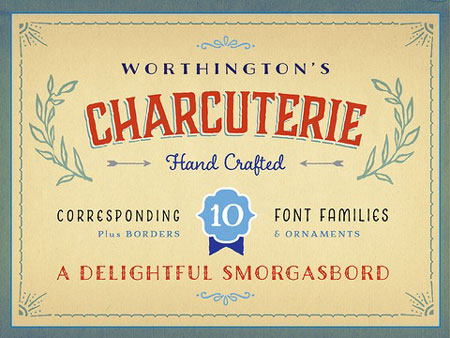
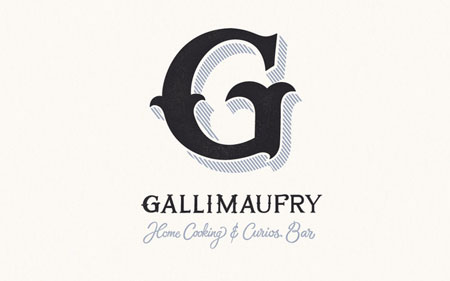
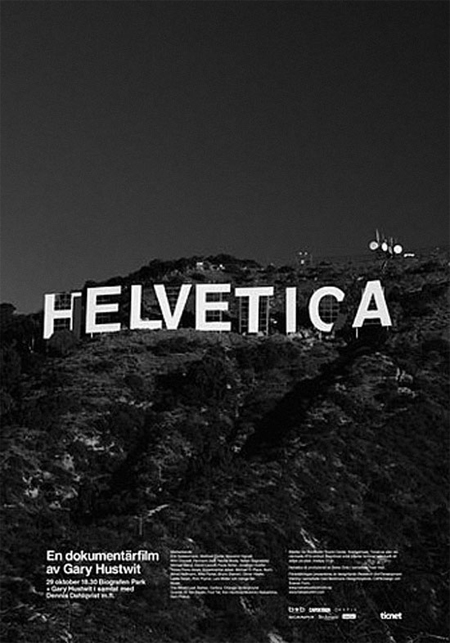

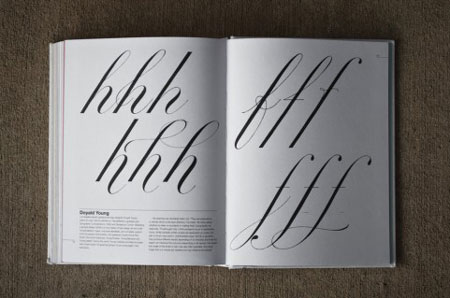
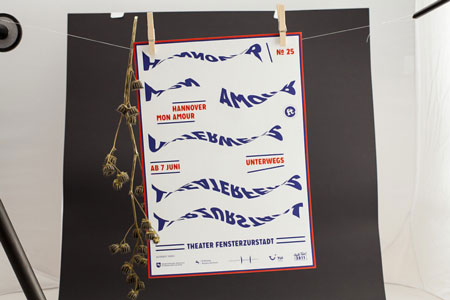






No comments:
Post a Comment